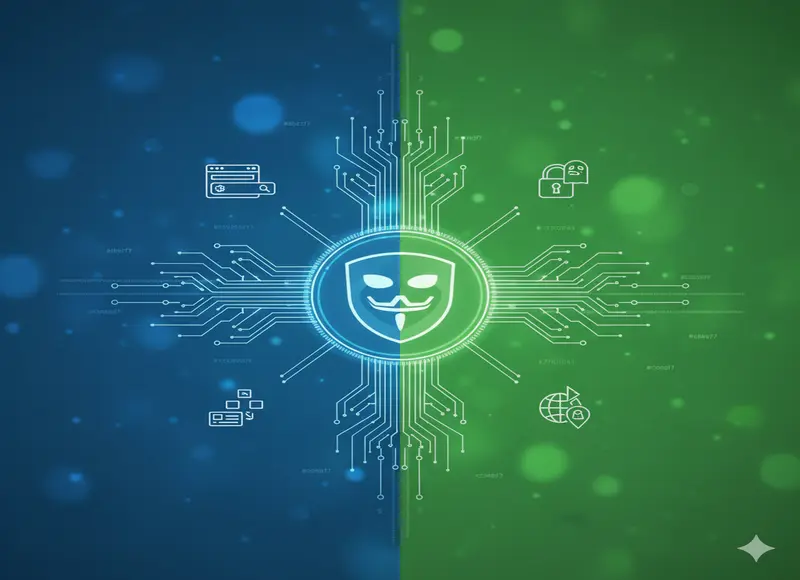Table of Contents
Explore the definition, process, and challenges of software reengineering on our website. Gain insights into this important topic.

Software systems are the foundation of modern business, that is, they make the business function efficiently and serve the customers well. Nevertheless, these systems can get old, and then they will face many problems like performance problems, security holes, and the difficulty of maintaining or adding new features. In these cases, software reengineering is a vital solution to revitalising and modernization of the existing software systems.
Software Reengineering: What Is It?
The intricate process of software reengineering aims to improve and modernize outdated software systems to meet present and future needs better. Its software re-engineering services entail a thorough examination and modification of the current program to fix bugs and boost efficiency.
The first choice is to improve a current system instead of building a new one from scratch. On the other hand, the changes to the already-existing software can create new problems. The most important thing is the right risk management and testing to cut down the impact of these dangers. Besides, it is also necessary to guarantee the system can adapt to the changes in consumer needs and market circumstances.
Why Reengineer Software?
There are several reasons why an organization might want to re-engineer a software system:
Reduce technical debt. Over time, software changes can create "technical debt"—code that is confusing, badly structured, or relies on outdated technologies. This makes the system harder to update and maintain. Reengineering the software can reduce this technical debt.
Improve performance. Newer programming techniques and faster hardware can improve system performance. Reengineering can upgrade the software to make full use of the software.
Add new features. Legacy systems often run on older platforms and use outdated programming languages. Reengineering the software with newer languages and frameworks allows new features to be added more easily.
Migrate to new platforms. When legacy platforms are retired, software must be re-engineered to work on modern operating systems and hardware. This maintains compatibility and allows continued use of the system.
Reduce maintenance costs. Older systems can be difficult and expensive to maintain. Reengineering improves quality and documentation, allowing faster enhancements and reduced lifetime maintenance costs. It also removes unnecessary steps in between for better software functioning.
Software Reengineering Process
A lot of of people have this question: how does the software reengineering process works and what are its several key steps:
Code Analysis
The existing software is analyzed to understand relationships between components and identify areas needing improvement.
System Documentation
Up-to-date documentation is created, including architecture diagrams, interface specifications, and operational processes.
Code Refactoring
The code is restructured to improve design, eliminate duplication, and reduce complexity. Better coding standards are introduced.
Platform Migration
The software is ported to new platforms and languages as required. Databases or other components may also be migrated.
Feature Enhancement
New user features are designed and incorporated based on current business requirements. More intuitive interfaces improve usability, and new features are a sign of a good customer experience.
Testing & Validation
The re-engineered system is rigorously tested to ensure correct functioning. Performance and security testing validate enhancements.

Challenges of Software Reengineering
While reengineering provides many benefits, it also poses some different types of challenges, including:
High Initial Effort
Before reengineering can begin, an extensive and time-consuming analysis of the existing system is required. The legacy software must be completely understood - including program structures, databases, interfaces and operational flows. Meticulous planning is vital to map out the engineering approach, phases of work, and resource requirements.
Risk Management
Changing a live production system always carries risk. Even with rigorous testing, issues can emerge with software conflicts, data integrity, or performance. Careful validation is needed to avoid introducing new problems or downtime into complex, interdependent systems. A gradual rollout approach is preferred over a "big bang" cutover, which allows incremental testing to minimize disruption.
Legacy Component Incompatibilities
Most enterprises have a complex patchwork of legacy databases, operating systems, integrated products, and proprietary languages powering current systems. Remaining tied to some of these older platforms constrains the extent of reengineering possible. Difficult tradeoffs exist between replacing legacy foundations versus keeping systems intact to avoid operational risks.
Change Management in Software Reengineering
Change management is a necessary part of software reengineering, providing a smooth transfer from the old to the new system. Effective change management covers both the technical and psychological components of reengineering, therefore reducing opposition and aligning the company with the new system.
Feature Creep
There is often substantial temptation during reengineering to keep expanding the scope by adding more and more new features. However, excessive features can greatly increase costs and delay reengineering benefits realization. Proper governance processes are necessary to review and prioritize features - avoiding "scope creep" which allows too many changes.
Conclusion
Software reengineering is a crucial process for organizations to improve their outdated software systems. A comprehensive approach involving code analysis, documentation, refactoring, platform migration, feature enhancement, and rigorous testing is necessary for successful software reengineering. This approach helps organizations stay competitive and deliver superior products and services.
Software reengineering is important for companies that want to upgrade and improve their software systems. While it has its limitations, the benefits of improved functionality, performance, and maintainability make it a worthy investment. Organizations can effectively adapt their legacy systems to meet future and present expectations if they understand the reengineering process and solve the associated challenges.









